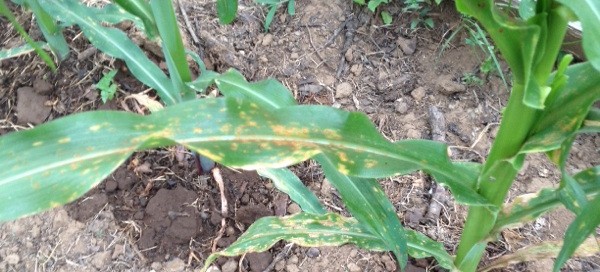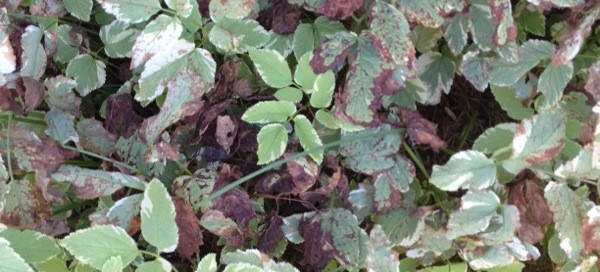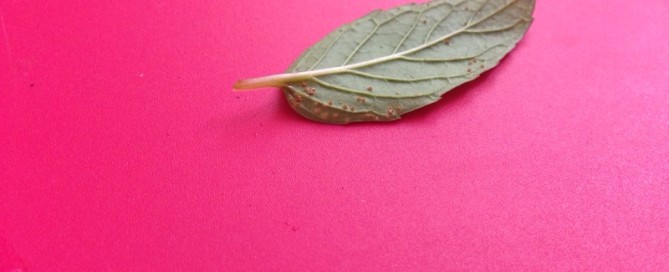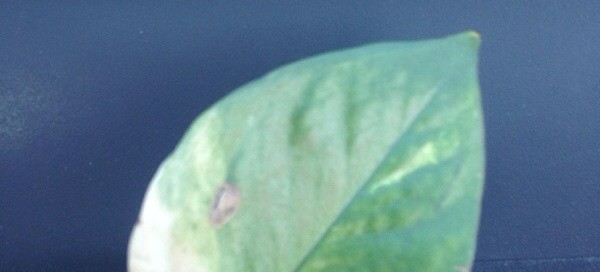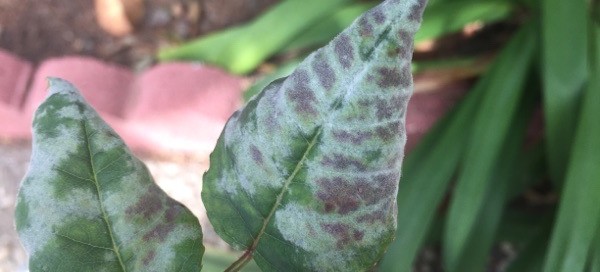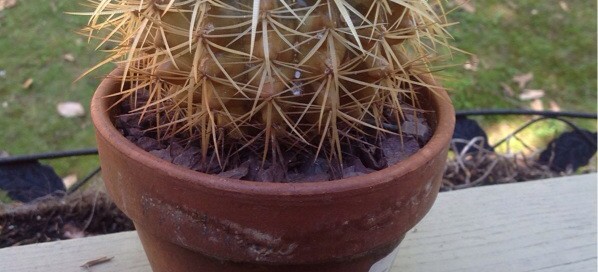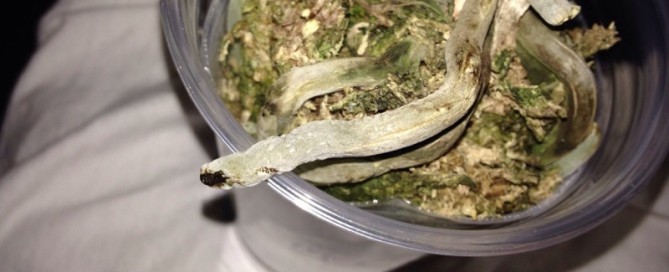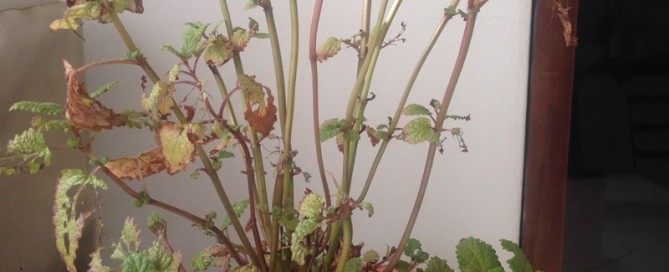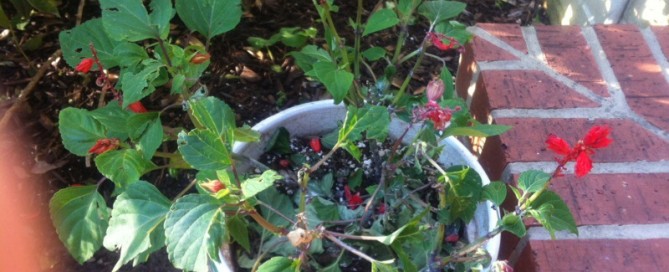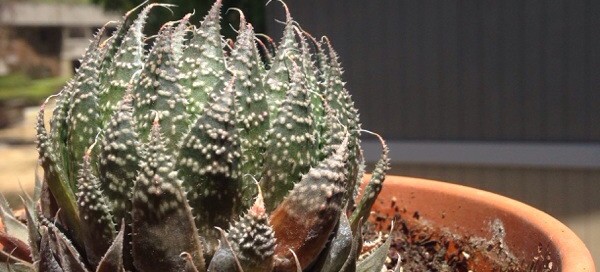Anthracnose
This could be a leaf spot disease called anthracnose. The usual advise is to cut the plants back to about 6 to 8 inches and force new growth, then avoid overhead watering. The natural fungicide, Bacillus subtilis (found in Bayer Advanced Natria Disease Control), is also labeled for anthracnose but it works best as a preventative, not once the disease is evident. It is very challenging to identify diseases by photo, and recommend you again get a second opinion and here are a couple of other sources to learn more:
HGIC 2204 Sweet Corn Diseases - Clemson University
www.clemson.edu/extension/hgic/.../hgic2204.htmläó_
Clemson University
Sweet corn disease problems - corn smut, rust, seed rot, seedling disease, virus, root rot, stalk rot, leaf blight, Stewart's wilt, nematodes. Disease control and ...
Sweet Corn Disease Nursery, Crop Sciences, University of ...
sweetcorn.illinois.edu/äó_
Sweet Corn Disease Nursery. 2010 Hybrid Disease Nursery Report Previous Annual Disease Nursery Reports Summary of Hybrid Reactions: 1984-2010.
Sweet Corn Diseases - Vegetable MD Online
vegetablemdonline.ppath.cornell.edu/.../SweetCorn_Li...äó_
Cornell University
Diseases By Crop (Fact Sheets) Photo Gallery News Articles/ Disease Alerts Diagnostic Keys ... Virus Diseases of Sweet Corn 153VCFS727.30 (1984).
